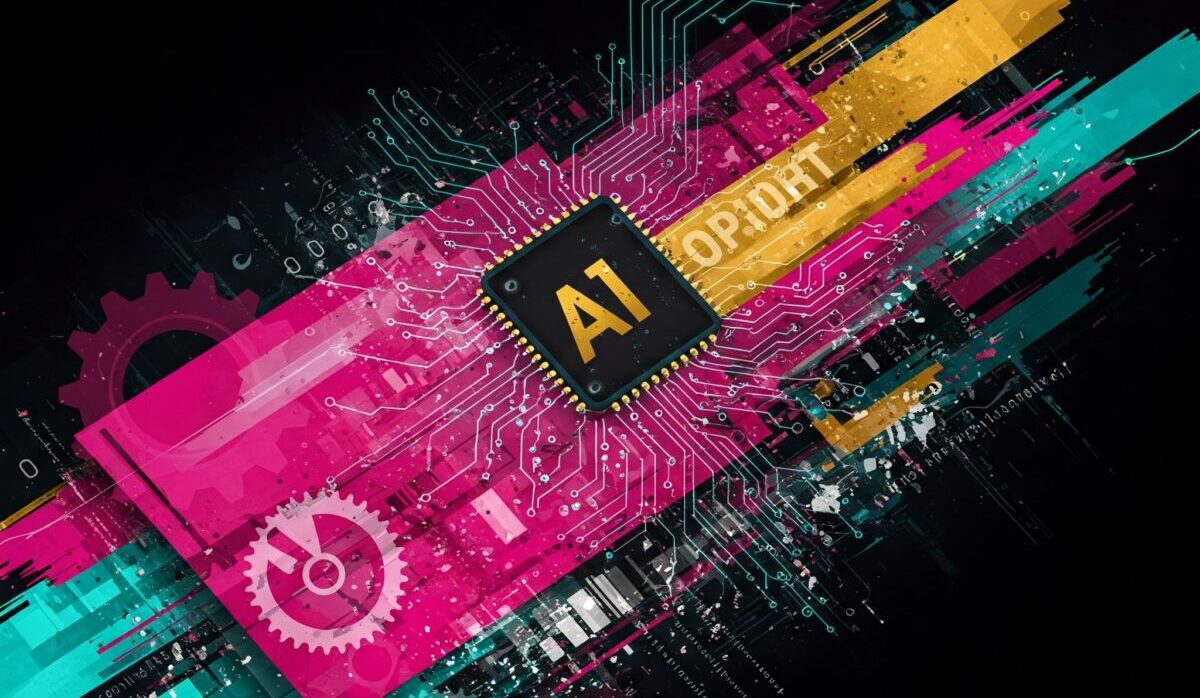The New Frontier of Intellectual Property
Artificial intelligence (AI) is making a powerful entrance into the world of art and creativity, generating images, composing music, writing texts, and even creating videos with a speed and ease that until recently felt like science fiction. But this digital creative revolution raises a host of new and complex questions—questions that challenge the legal and cultural foundations of copyright as we know it. The most pressing and controversial one is this: who is the true “owner” of a work created by a machine? Who holds the copyright for an image generated by an algorithm? Welcome to the AI copyright dilemma.
AI at the Brush and Keyboard: How Machines Create
To fully understand the scope of this issue, we need to take a closer look at how AI actually “creates.” Generative models—the driving force behind this creative shift—are sophisticated systems trained on massive datasets that stretch the limits of human comprehension. Images, music, literary texts: all of it is absorbed and analyzed by these algorithms, which learn to recognize patterns, structures, and styles. The result is a remarkable ability to generate original content that’s often indistinguishable from work produced by humans.
Take tools like DALL·E, Midjourney, and Stable Diffusion, for instance. They allow users to generate detailed and imaginative images simply by describing them in words. Or software like AIVA, which composes music across a range of genres—from classical to pop—with surprising skill. Then there are language models like ChatGPTcapable of writing articles, screenplays, even poetry, with a fluency and inventiveness that continues to amaze..
Who Is the Author? The Copyright Dilemma
Copyright law, however, was designed in a pre-digital era—long before machines could “create.” Traditionally, copyright protects original works of authorship made by humans, as an expression of personal creativity and talent. But how does this principle apply to content generated by AI?
The answer is anything but straightforward. If an AI generates an image entirely on its own, can the algorithm be considered the “author”? Clearly not. But if a human artist uses AI as a tool—guiding it, shaping the output, and adding their own creative input—the situation changes. The line between “creation” and “manipulation” becomes blurry, and hard to define in legal terms.
Comparing Legal Approaches Around the World
The debate is ongoing, and legal interpretations vary widely across countries. In the United States, for example, the Copyright Office has stated that fully AI-generated works are not eligible for protection—unless there is significant human involvement in the creative process (The US Copyright Office FOR guidance). Meanwhile, the European Union is seeking a middle ground between protecting human authors and encouraging technological innovation, with new legislation still under discussion (European TO Act). China, too, is developing specific frameworks to address the intellectual property challenges posed by AI.
What It Means for Artists and Creators: A New Renaissance?
Generative AI presents both a threat and an opportunity for artists and creatives. On the one hand, there’s understandable fear of being replaced by machines that can produce content faster and more affordably than any human. On the other hand, AI can be a powerful ally—amplifying human creativity, unlocking new expressive possibilities, and paving the way for hybrid, experimental forms of art.
The future of creativity in the AI era is still unwritten. But one thing is clear: resisting change won’t help. The key is to embrace new technologies with a critical and informed mindset—building a legal and ethical framework that protects the rights of artists, fosters innovation, and ensures that human creativity continues to thrive in all its diversityarticle on AI artist.
A Future Yet to Be Defined
The questions surrounding copyright in the age of AI don’t have easy answers. But they demand urgent attention, because the decisions we make today will shape the future of art, innovation, and creative freedom. This debate needs the active participation of artists, creators, developers, legal experts, policymakers, and society at large. Only through open and thoughtful dialogue can we find a balance—one that honors human contribution, protects original authors’ rights, and supports a vibrant, inclusive creative ecosystem. A clear, ethical frameworkarticle on the ethics of AIis essential if we’re to manage these challenges responsibly and build a future where AI and copyright coexist in fairness and clarity.
📚 Do you want to learn Artificial Intelligence?
Discover our fundamental articles, ideal for starting or orient themselves in the world of AI:
- What is Artificial Intelligence (and what isn't, really)
- Ethics of Artificial Intelligence: why it concerns us all
- 5 Tools of Artificial Intelligence that you can use immediately
📬 Get the best every Friday
Visit the page Subscribe to our newsletter and choose the version you prefer (English or Italian).

This article begs for the right questions that need to be addressed. Creatives put alot of effort time and dedication to there work it's actually sad that the emergency of To almost disregard this work